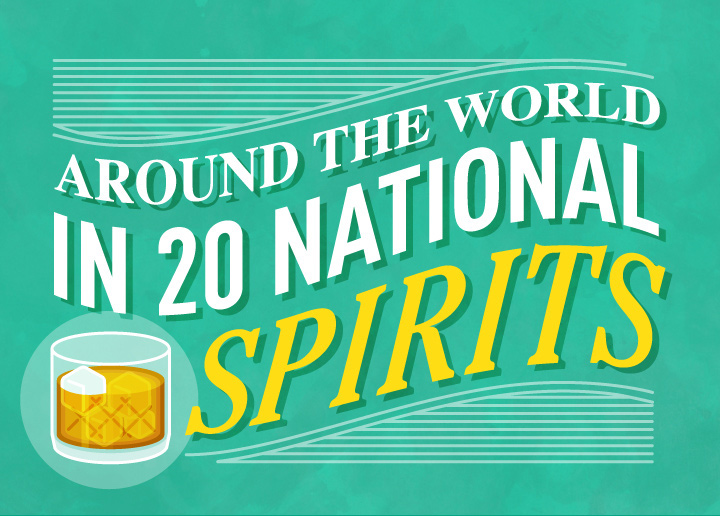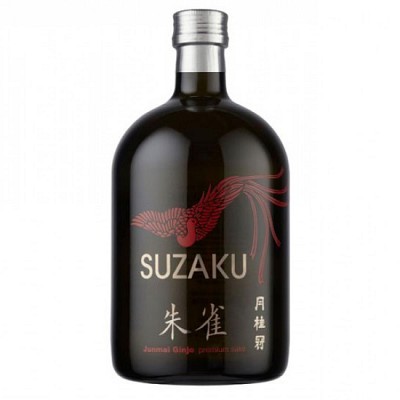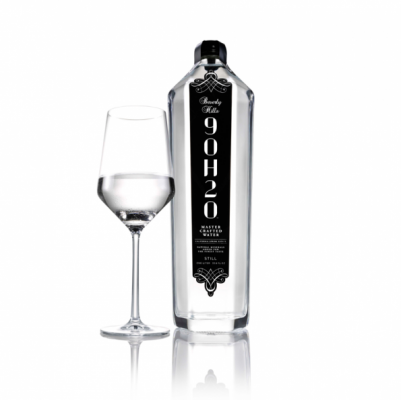What better way to find more out about a place and its culture than sipping the national spirit in the way the locals do? And every spirit tells a story.

Take the lawn party politesse of the English gin and tonic – it’s refined and genteel to look at it, but buried in the history of gin is a background of industrial and social turmoil, from exploited workers paid with alcohol to moral outrage and government crackdowns.
It’s no wonder, then, that the English writer Rudyard Kipling saw more romance and exoticism in the ‘pisco punch’, a cocktail made from the national spirit of Peru and Chile. “I have a theory it is compounded of the shavings of cherubs’ wings,” wrote Kipling, in a travel article for the Pioneer newspaper, “the glory of a tropical dawn, the red clouds of sunset, and fragments of lost epics by dead masters. But try you for yourselves…”
Of course, we wouldn’t want to make too many assumptions about a culture from just a brief tasting. Brazilian cachaça, for example, has over 400 nicknames (“white coffee”, “water that birds won’t drink,” “eyewash,” “giver of laugh”) leading one to imagine a more extensive ‘research’ period is required to understand the meaning behind each synonym.
Thankfully, you can make time by starting your drinking journey early in the day, as the Hungarians urge you to “Pálinkás Jó Reggelt!” (“wake up with Pálinka!”). Remember to research responsibly now – but on the way, check out this new infographic with hints and tips as to the drinking preferences of a range of international destinations. Egészségedre!






































